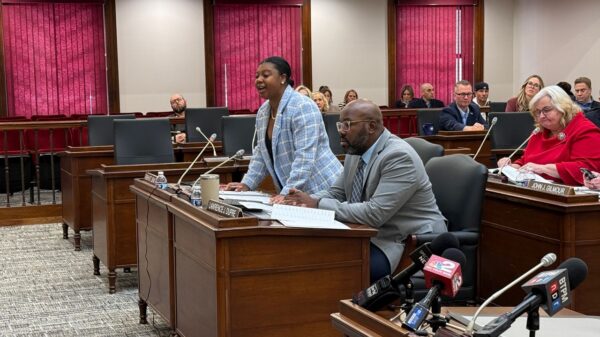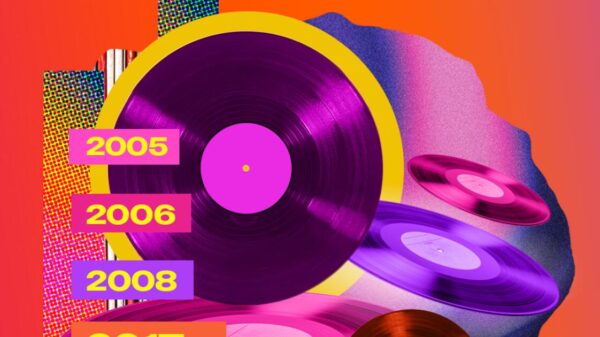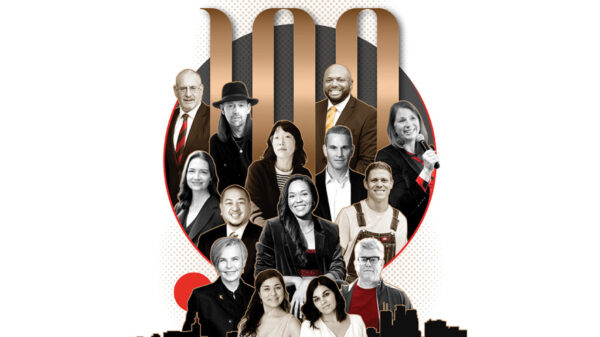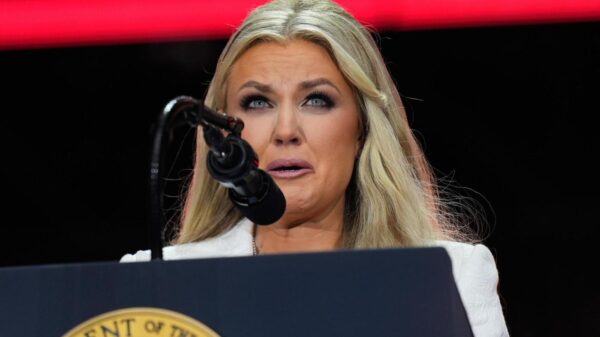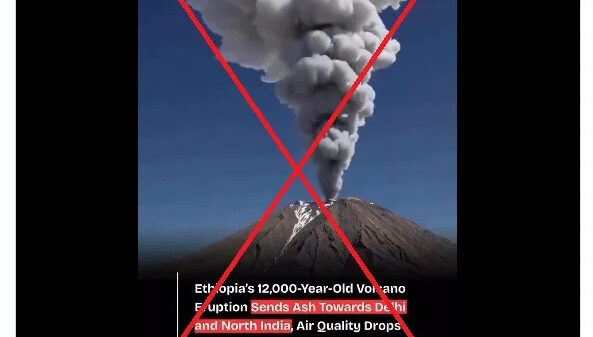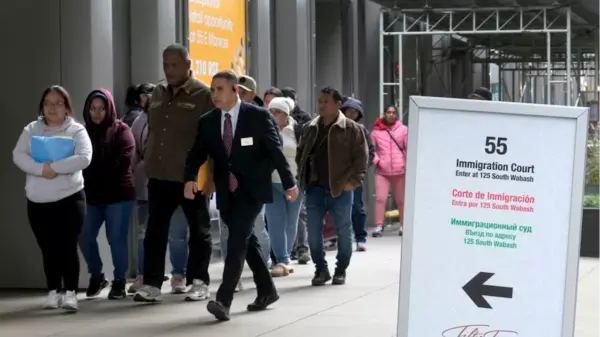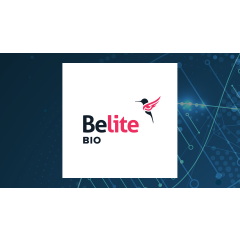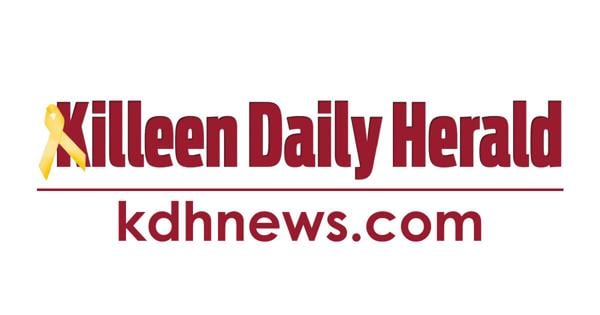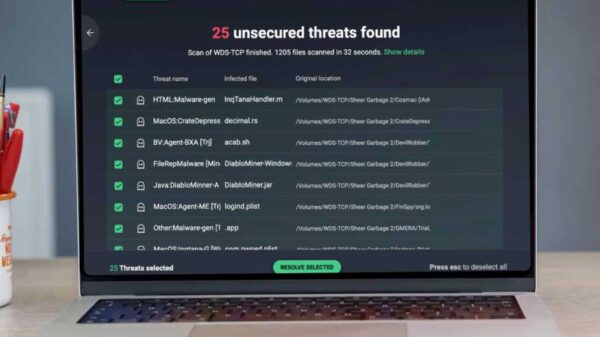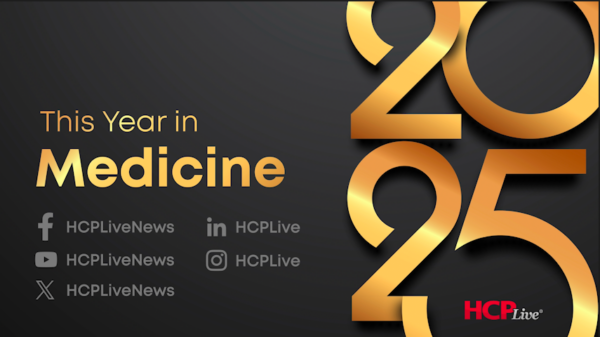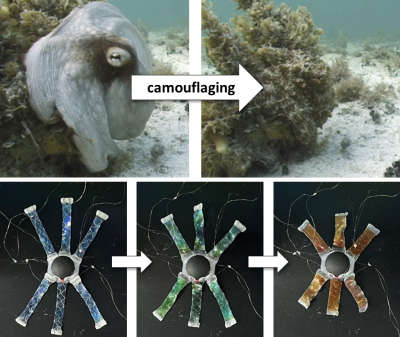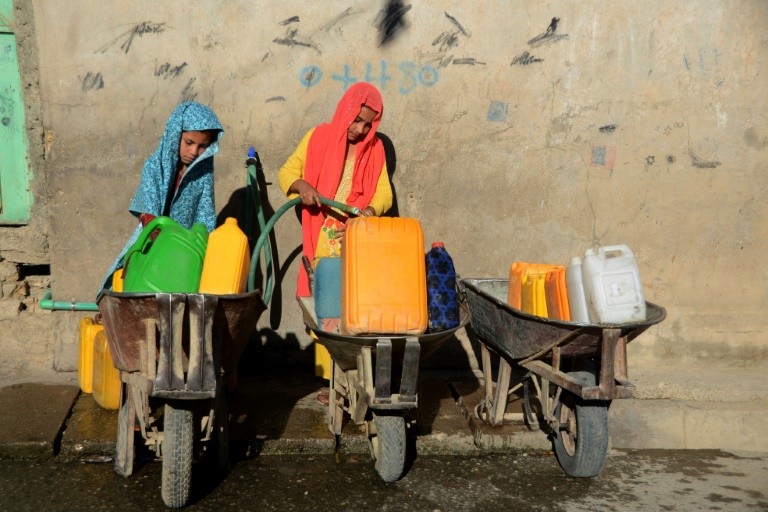More than two billion people globally lack access to safely-managed drinking water, according to a report released by the United Nations on March 12, 2024. This alarming statistic highlights the slow progress towards achieving universal access to clean water, sanitation, and hygiene (WASH) services, with the UN’s health and children’s agencies stating that significant action is required to address this crisis.
The joint report from the World Health Organization (WHO) and UNICEF reveals that one in four people worldwide still relies on unsafe drinking sources, such as surface water from rivers, ponds, and canals. Over 100 million individuals are still dependent on these unreliable sources for their water needs. The agencies emphasized that without adequate WASH services, billions remain vulnerable to waterborne diseases.
Ruediger Krech, WHO’s environment chief, underscored the necessity of treating water, sanitation, and hygiene as fundamental human rights. He noted, “We must accelerate action, especially for the most marginalized communities.” The report indicates that the world is falling short of its target to achieve universal WASH coverage by 2030, stating that this goal “is increasingly out of reach.”
Current State of Water Access
The report analyzed five tiers of drinking water services. The highest level, “safely managed,” refers to water that is accessible on the premises, available when needed, and free from contamination. The four lower categories range from “basic” services, which require less than 30 minutes to access, to “surface water,” which is generally unsafe.
Since 2015, the number of people gaining access to safely-managed drinking water has increased by 961 million. Coverage rose from 68 percent to 74 percent of the global population. Of the 2.1 billion people lacking safely managed services in 2023, 106 million utilized surface water, reflecting a decrease of 61 million over the last decade. Furthermore, the number of countries eliminating surface water reliance has risen from 142 in 2015 to 154 in 2024.
As of 2024, 89 countries reported universal access to at least basic drinking water services, while 31 countries achieved universal access to safely managed services. However, the report revealed that the majority of the 28 countries where over one in four people still lack basic services are primarily located in Africa.
Sanitation and Hygiene Challenges
In addition to water access issues, the report highlights significant challenges in sanitation. Since 2015, 1.2 billion people have gained access to safely managed sanitation services, with coverage rising from 48 percent to 58 percent. Safely managed sanitation is defined as improved facilities that are not shared with other households, ensuring safe disposal of excreta.
The number of individuals practicing open defecation has decreased significantly, from 429 million to 354 million in 2024, which accounts for about 4 percent of the global population.
Moreover, since 2015, 1.6 billion people have accessed basic hygiene services, such as handwashing facilities equipped with soap and water, leading to an increase in coverage from 66 percent to 80 percent.
Cecilia Scharp, UNICEF’s director for WASH, emphasized the importance of access to safe water, sanitation, and hygiene for children’s health and education. She stated, “When children lack access to safe water, sanitation, and hygiene, their health, education, and futures are put at risk.” Scharp highlighted that these inequalities are particularly pronounced for girls, who often shoulder the burden of water collection and face additional challenges during menstruation.
The report serves as a stark reminder that despite some progress, the promise of safe water and sanitation for every child is slipping further from reach. Without accelerated action and focused efforts, the goal of universal access to safe drinking water and sanitation remains elusive.





